-
×
-
×
Golden Eyes Vampire Crab - Geosesarma Sp. - Decapod Crustacean 1 × £8.71
-
×
-
×
-
×
-
×
-
×
-
×
-
×
ZEBRA THORN NERITE SNAIL CLITHON DIADEMA ALGAE EATER AQUARIUM FISH TANK PLANT, Thriving Algae Control Solution for Peaceful Community Tanks, Ideal for Beginners and Enthusiasts, Perfect for Enhancing Aquarium Beauty 1 × £0.97
-
×
Subtotal: £319.34


 Golden Eyes Vampire Crab - Geosesarma Sp. - Decapod Crustacean
Golden Eyes Vampire Crab - Geosesarma Sp. - Decapod Crustacean 
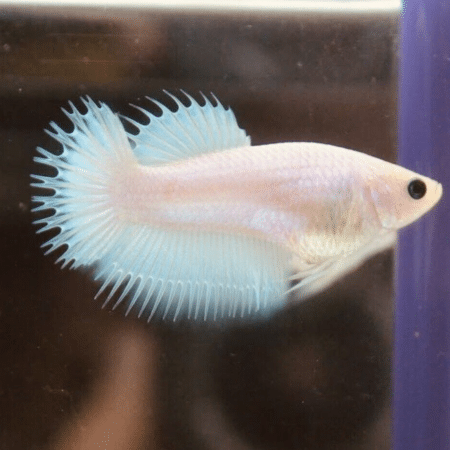


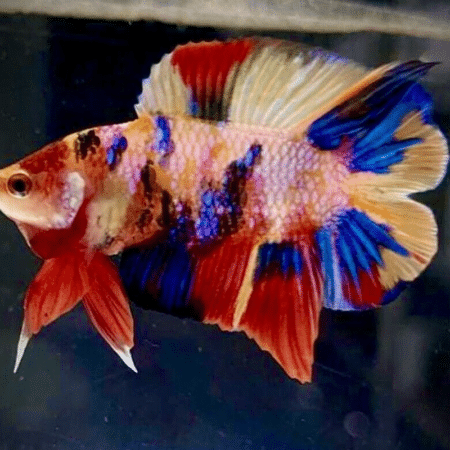

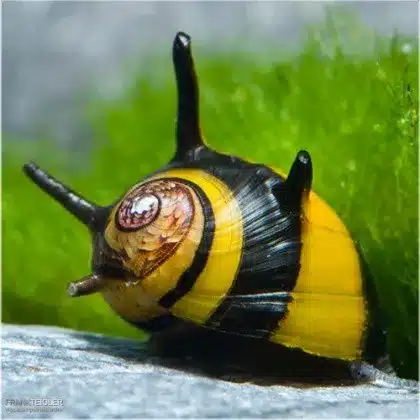 ZEBRA THORN NERITE SNAIL CLITHON DIADEMA ALGAE EATER AQUARIUM FISH TANK PLANT, Thriving Algae Control Solution for Peaceful Community Tanks, Ideal for Beginners and Enthusiasts, Perfect for Enhancing Aquarium Beauty
ZEBRA THORN NERITE SNAIL CLITHON DIADEMA ALGAE EATER AQUARIUM FISH TANK PLANT, Thriving Algae Control Solution for Peaceful Community Tanks, Ideal for Beginners and Enthusiasts, Perfect for Enhancing Aquarium Beauty 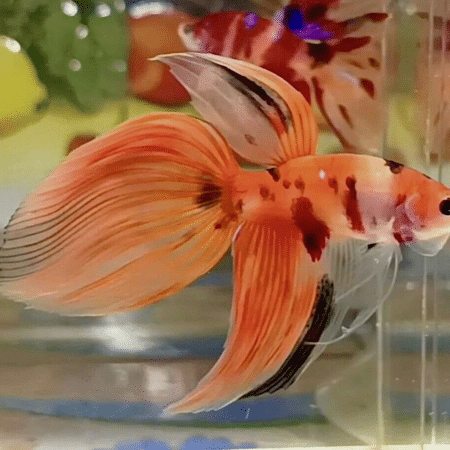


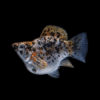










Emily Garcia (verified owner) –
I recently purchased a pack of 10 Red Leopard Sailfin Mollies, and I couldn’t be happier with my decision! These little beauties have brought so much life and color to my aquarium. Within just one week, I noticed their vibrant patterns and unique personalities shining through. They swim gracefully and are very active, which makes for an engaging display.
What I love most about these mollies is their peaceful nature, making them perfect for my community tank. They get along well with my other fish and seem to thrive together, which is a huge plus for any caring fish parent. I’ve kept other types of fish before, but the charm of these livebearers is truly special.
Compared to other mollies I’ve tried, the Red Leopards are definitely the best choice for both beginners and experienced aquarists. They adapt well to a range of water conditions, and after monitoring them for a couple of months now, I can confidently say they are hardy and healthy. Just make sure to provide a well-planted environment where they can explore and feel safe.
Overall, I highly recommend these mollies to anyone looking to add some stunning fish to their tank. Shipping was fast, and they arrived in great condition. I would buy them again without hesitation!
Emily Carter (verified owner) –
I cannot express how delighted I am with the 10 Red Leopard Sailfin Mollies I recently added to my 20-gallon tank! These beautiful freshwater fish have brought such life and color to my aquarium. After a week of acclimatization, they settled in beautifully, showcasing their vibrant patterns as they swim around. I love how peaceful and social they are, making them perfect community members alongside my other tropical fish. Their playful nature is truly a joy to watch!
Compared to the other mollies I’ve kept, these are definitely more stunning and have a unique flair that lights up the tank. They seem to thrive in well-planted environments, and I’ve noticed they enjoy grazing on algae—keeping my tank cleaner! The only minor concern I have is that they can be a bit shy initially, but with some patience, they become quite bold. I highly recommend these mollies to anyone looking to enhance their freshwater community tank. They not only add beauty but also bring a wonderful sense of harmony. I’m already considering getting a few more! Happy fishkeeping!